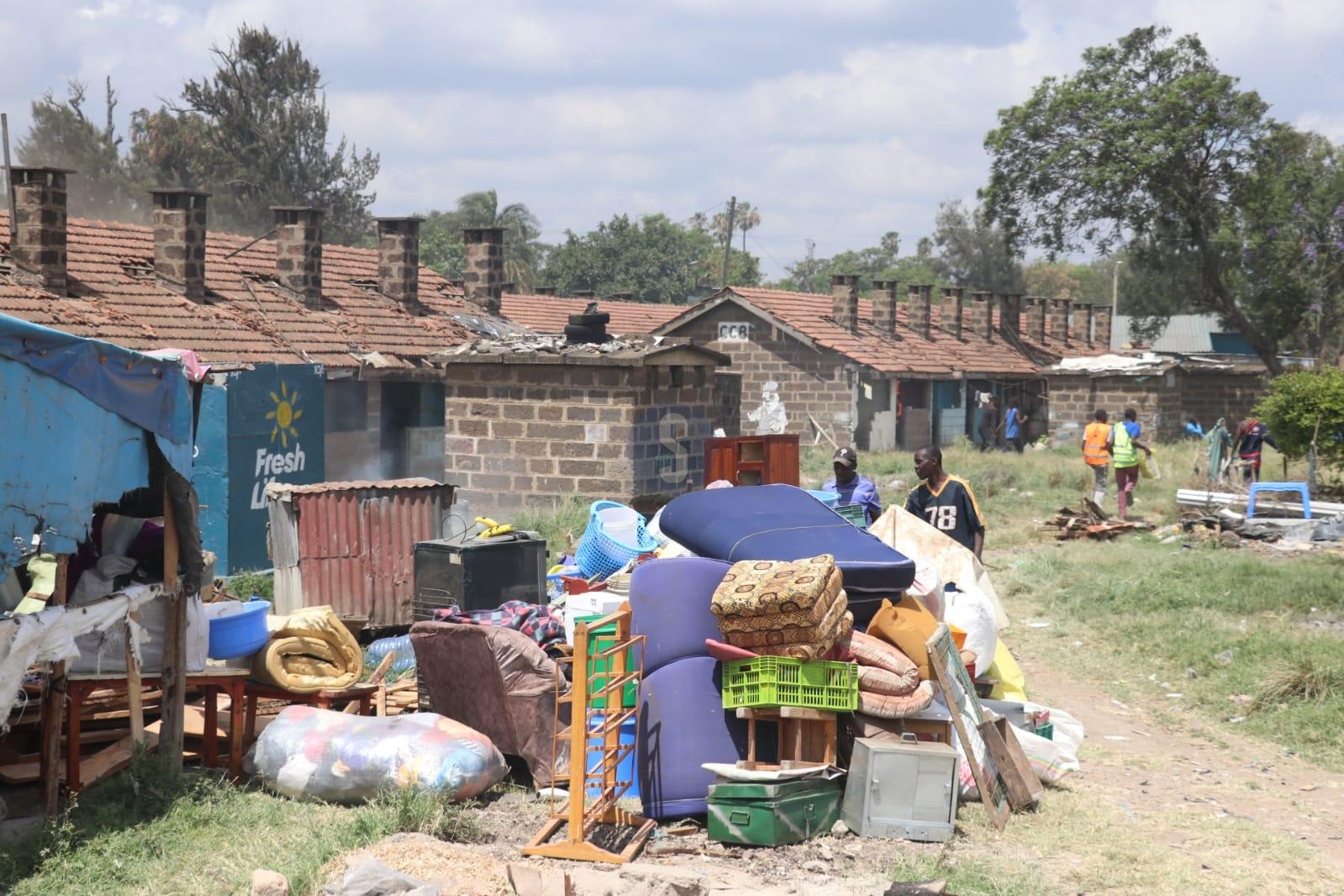The long awaited rains in Taita Taveta county have now caused more trouble to the herders in the region.
Hundreds of sheep and goats were swept away by flash floods in Taveta subcounty following heavy rains on Sunday and Monday.
Most of the animals, which have been affected by prolonged drought, were submerged in the water while others died after being rained on.
Most affected villages include Kimorigo, Msengoni, Lambo and Marodo in Mata and Mahoo wards.
Muiyet Mamayi, a resident of Mata, is among those who were affected by the floods. More than 230 sheep and 80 goats were killed after water swept away his homestead.
“Flood water swept across the area where my sheep and goats were sleeping. Many of them died after being submerged while others were swept as far as 500 metres away from the compound,” Mamayi told the Star on phone.
He said he had moved to the area recently from Jipe in search of pasture, only to meet the floods.
“This was a temporary home that I was living in waiting for the drought to end. It is sad that I have lost all my livestock,” he added.
He asked humanitarian agencies to help tens of residents who were affected by the floods, noting that many had nothing to eat.
Mamayi said they depend on the sheep and goats for their livelihoods.
Besides the floods, over 2,071 cattle, 451 sheep and 265 goats have died in the region since October due to drought, according to the National Drought Management Authority.
“We are appealing to the government and other humanitarian organisations to help us because our only source of livelihood is gone. Floods have claimed what remained after a prolonged drought,” Mamayi said.
Few metres from his homestead, Moffat Lessesi’s family is sleeping in the cold. His house was completely destroyed by floods.
He said his family is now forced to build a makeshift house as they wait for assistance from well-wishers.
“Nearly all our household items and foodstuff were destroyed by the floods. We are asking the government to intervene and help us out,” he said.
Taveta area is prone to flooding every year. The raging water is as a result of heavy rainfall at the slopes of Mt Kilimanjaro in the neighbouring Tanzania.
“Many people especially in Mata and Kimorigho, are always displaced by floods every year even when the area receives below average rainfall, since the running water comes from Tanzania,” Lessesi said.
He asked the government to put up mitigation measures to contain floods, adding that they pose a risk of waterborne diseases outbreak.
Mata MCA Nobert Chanzu said they are still monitoring the situation, and asked residents to be cautious and move to safer grounds.
He said nobody was hurt in the floods, further urging well-wishers and NGOs to donate relief food to residents.
Over 70,000 people in the county are facing hunger following the failed rains in the months of October and November.
The weatherman had predicted that the county would experience a below average rainfall thus hindering crop production.
-Edited by SKanyara

















